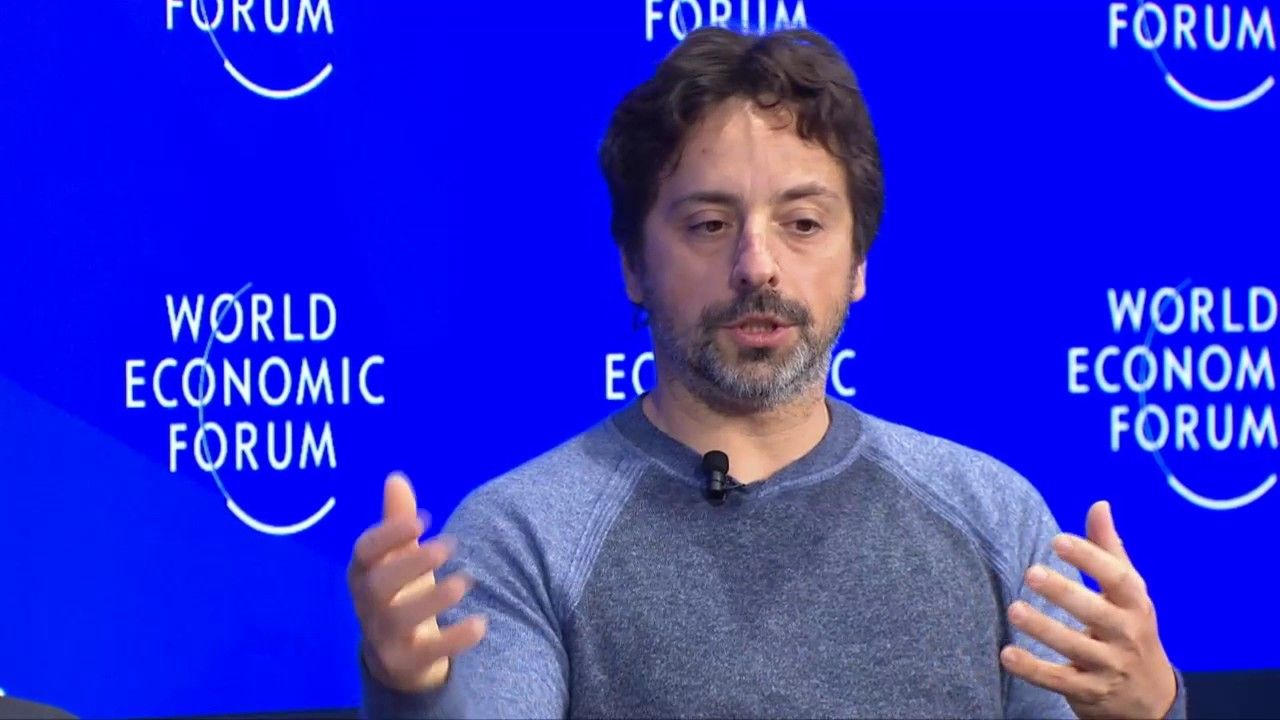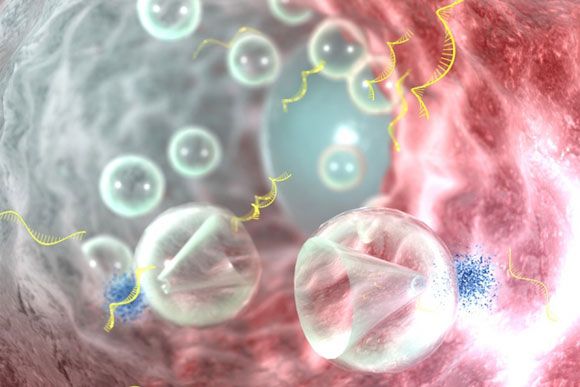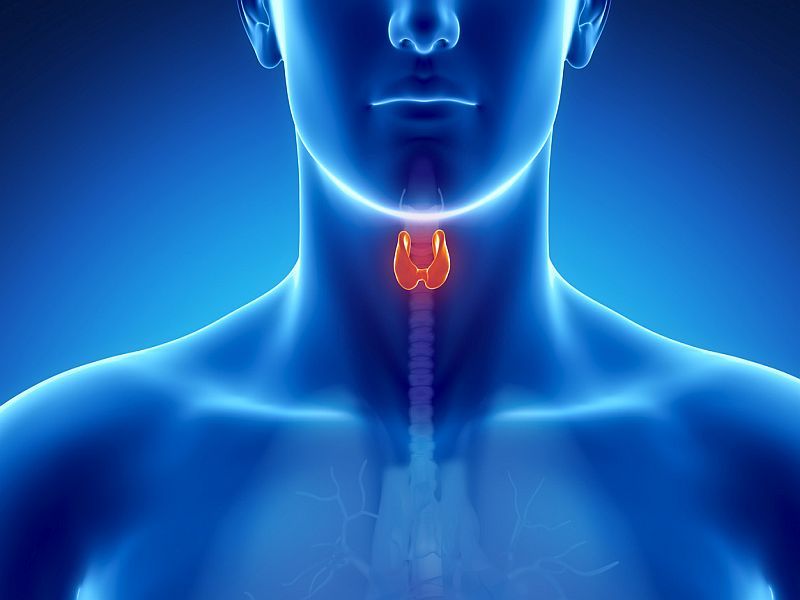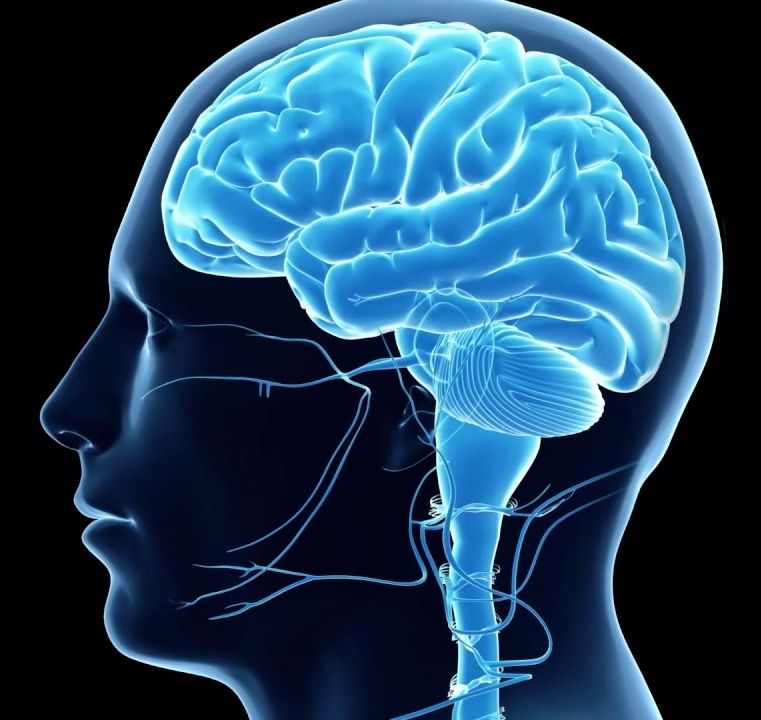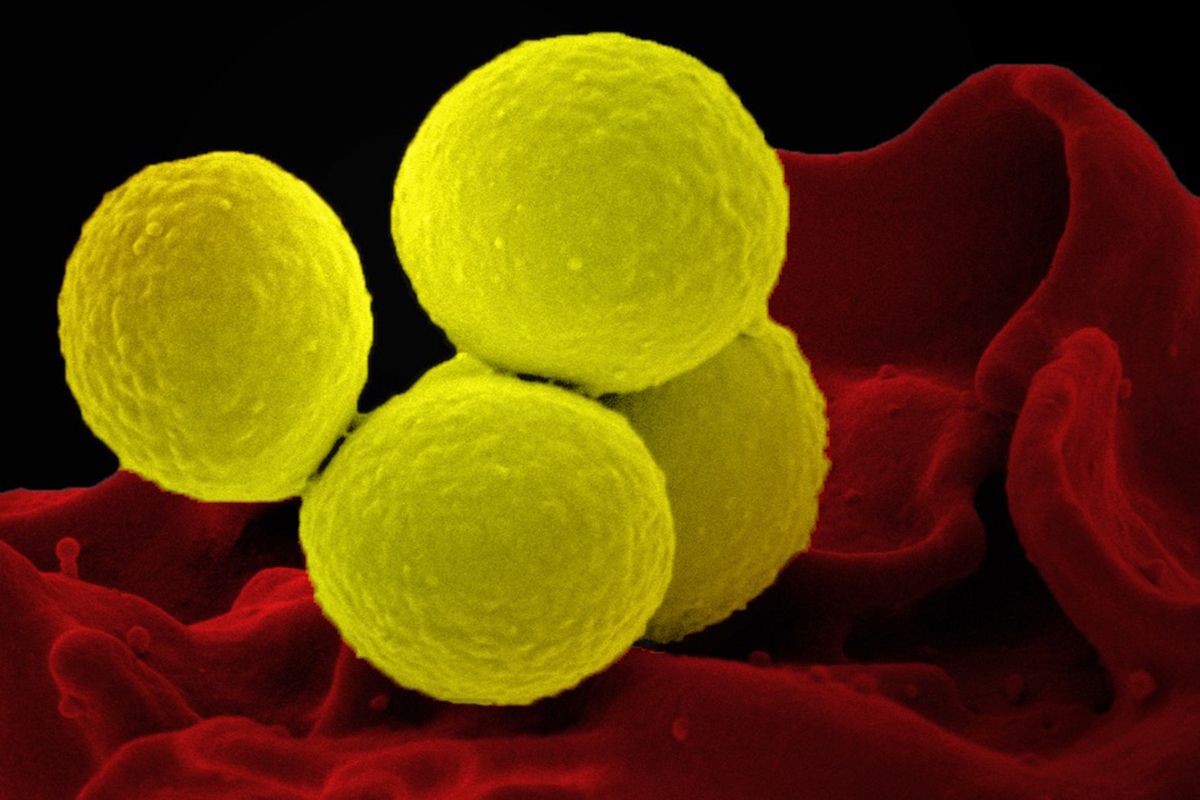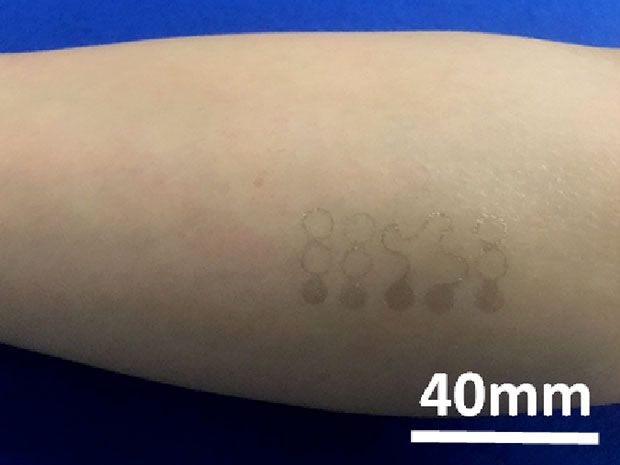I am still waiting for mine. I cannot wait to the day I use my smart lenses to take pics, videos, login to view work email, etc. BTW — I look forward to day we eliminate email too.
Google may have shelved Google Glass, its failed attempt to persuade the world that internet-connected spectacles were the next big thing, but it has not given up on the concept of smart eyeware.
The internet giant’s Verily Life Sciences unit has been working on connected contact lenses – or rather, eye implants – for some time, and Google founder Sergey Brin dropped a hint at the World Economic Forum in Davos that the technology may soon see the light of day.
Interviewed on stage at Davos, Brin said that Verily had started working on a glucose sensing contact lens project some time ago, and hinted that the first products may come to market soon.
